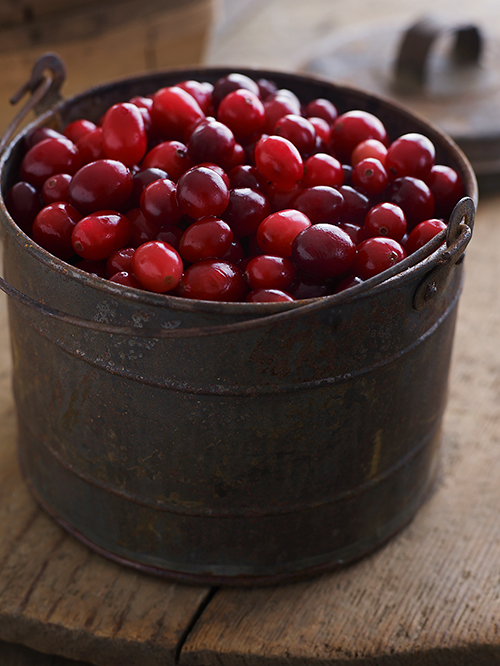![New study data shows promise for blunting the spread of hard-to-fight bacterial infections. [Alexandra Grablewski/Getty Images]](https://genengnews.com/wp-content/uploads/2018/08/Oct26_2016_Getty_83311995_cranberries2372001391-1.jpg)
New study data shows promise for blunting the spread of hard-to-fight bacterial infections. [Alexandra Grablewski/Getty Images]
With the rise of antibiotic resistance in recent years, investigators have been feverishly searching for new compounds that could help stem the tide of resistance among highly infectious microbes, as well as limiting resistance mechanisms being selected for among bacterial populations. Now, a team of researchers from McGill University and INRS-Institut Armand-Frappier in Quebec have just published evidence that cranberry extract successfully interrupts the communication between bacteria associated with problematic and pervasive infections.
The new findings—published recently in Scientific Reports in an article entitled “Cranberry-Derived Proanthocyanidins Impair Virulence and Inhibit Quorum Sensing of Pseudomonas aeruginosa”—not only provide insights into how cranberry compounds may work, but also may have implications for the development of alternative approaches to controlling infections.
“Cranberry proanthocyanidins (PACs) interrupt the ability for bacteria to communicate with each other, spread, and become virulent—a process known as quorum sensing (QS),” explained co-senior study investigator Eric Déziel, Ph.D., professor at INRS-Institut Armand-Frappier. “The cranberry extract successfully interferes with the chain of events associated with the spread and severity of chronic bacterial infections.”
Previous work in the field has shown that the American cranberry (Vaccinium macrocarpon L.) contains compounds—such as PACs—that provide meaningful antioxidant, antiadhesion, and antimicrobial properties that help fend off illness. Given this, the Canadian researchers hypothesized that cranberries might also have an antivirulence potential, i.e., the scientists were curious to know if these cranberry compounds could help manage bacterial infections.
To test their hypothesis, the investigators began by feeding cranberry extract to fruit flies—a commonly used model for studying human infections. The team discovered that cranberry provided flies protection from a bacterial infection, and they lived longer than their cranberry-free counterparts. In essence, the cranberry extract reduced the severity of the bacterial infection.
“In this study, we demonstrate an anti-virulence activity of a cranberry extract rich in proanthocyanidins (cerPAC) against P. aeruginosa in the model host Drosophila melanogaster and show this is mediated by QS interference,” the authors wrote. “cerPAC reduced the production of QS-regulated virulence determinants and protected D. melanogaster from fatal infection by P. aeruginosa PA14. Quantification of AHL [N-acylhomoserine lactone] production using liquid chromatography–mass spectrometry confirmed that cerPAC effectively reduced the level of AHLs produced by the bacteria.”
The researchers are optimistic that their results could open avenues of research leading to the development of new therapeutics that alleviate the rise in microbial drug resistance.
“This means that cranberries could be part of the arsenal used to manage infections and potentially minimize the dependence on antibiotics for the global public,” concluded co-senior study investigator Nathalie Tufenkji, Ph.D., assistant professor at McGill University.


